I recently visited one of the most beautiful gardens in the world. It is a garden without flowers or exotic trees. It has no idealized landscapes of rock, sand and water. Just a few concrete paths through patches of grass where components of old particle physics experiments sparkle in the sun. There is the Big European Bubble Chamber, which used to hold almost 10,000 gallons of liquid hydrogen for recording particle tracks; its two-ton piston lies wistfully nearby. The RF (radiofrequency) cavity that once accelerated electrons and positrons around the Large Electron-Positron Collider, reminded me of a submarine from a Jules Verne novel. And the Cockroft-Walton generator towered over me like a friendly robot.
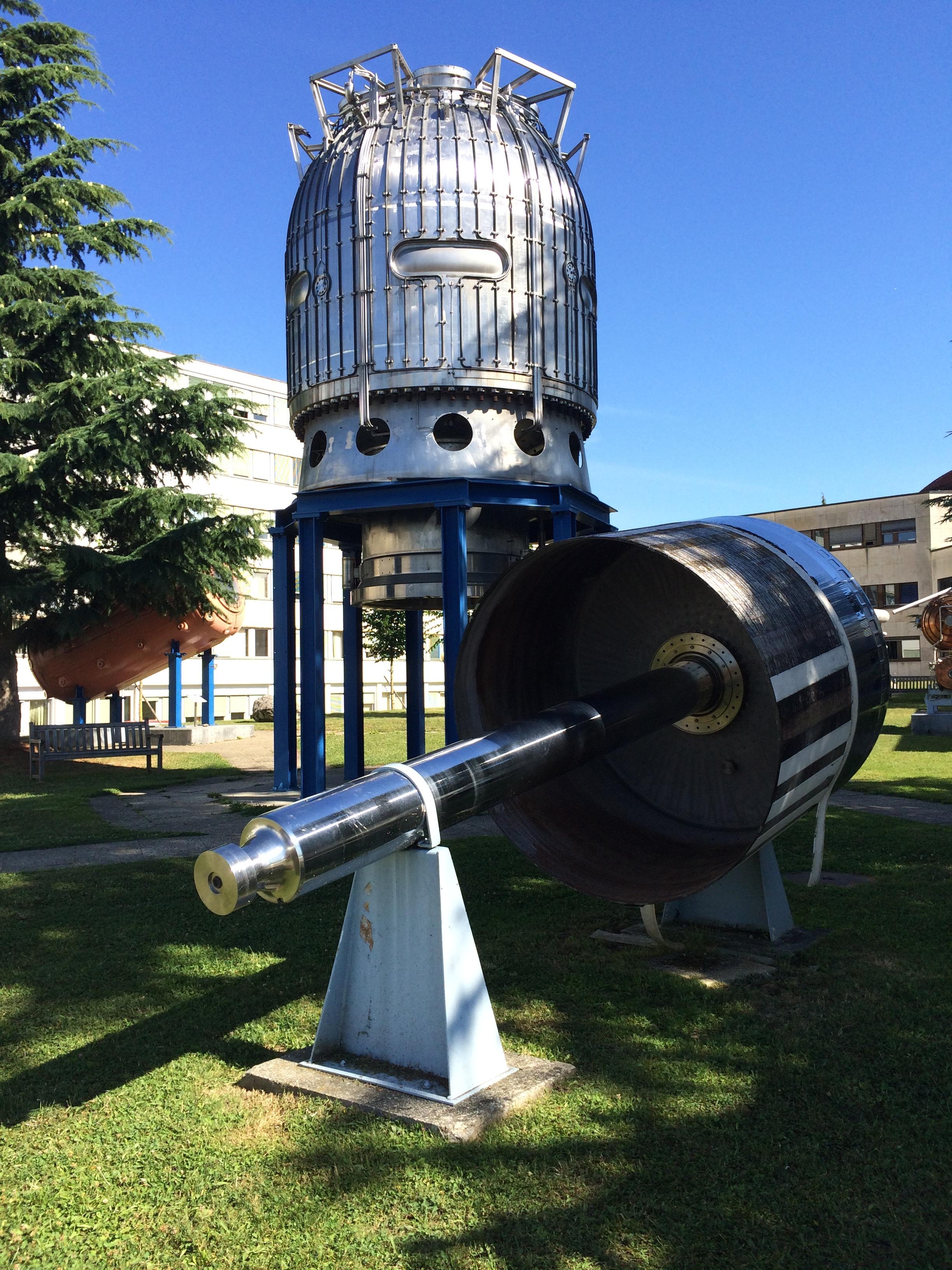
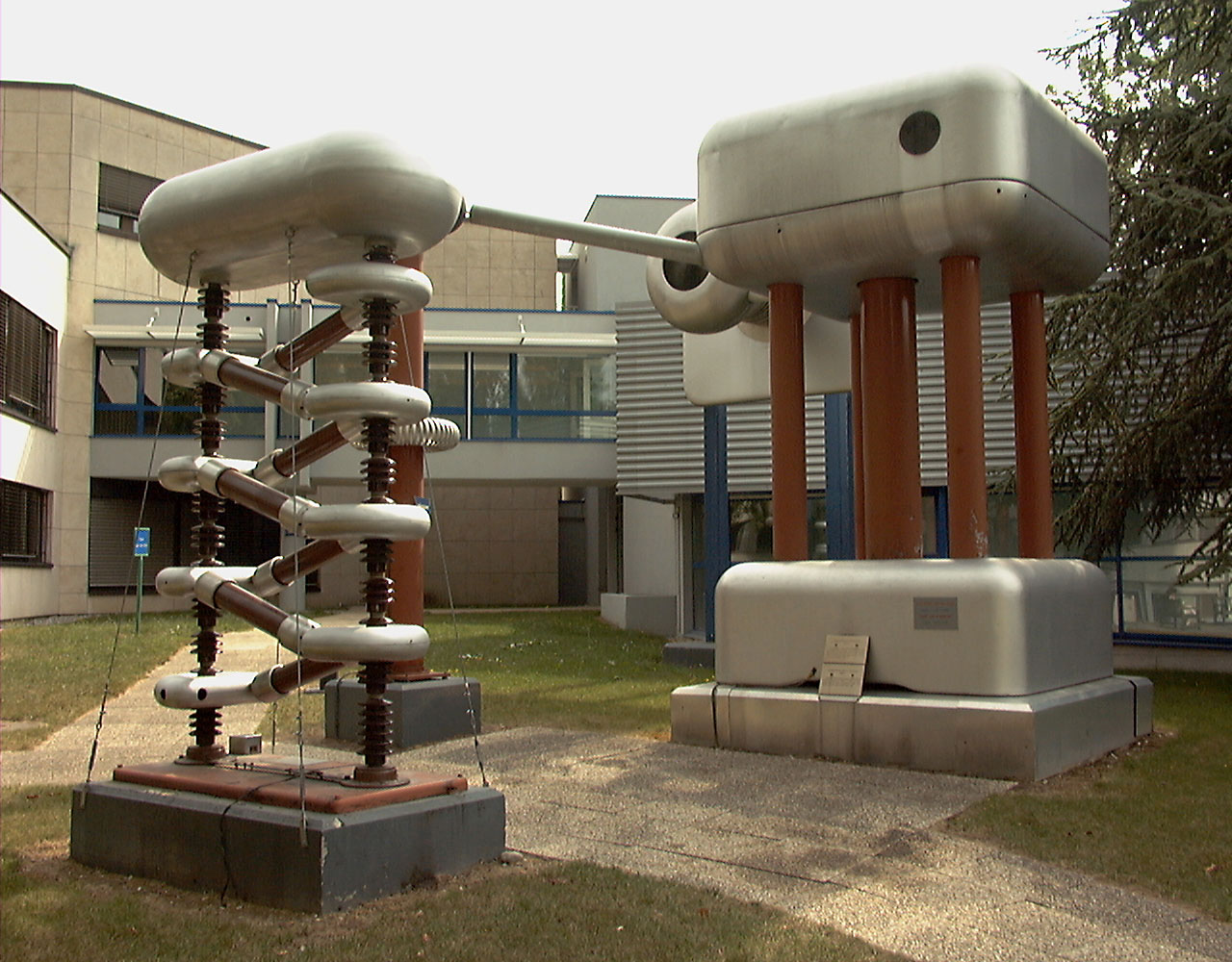
This is the Microcosm Garden at the European Organization for Nuclear Research, more commonly known as CERN. CERN has many claims to fame. Several subatomic particles were first found there and it is the birthplace of the World Wide Web. CERN was most recently in the news for the discovery of the Higgs boson, a crucial step in understanding why some fundamental particles have mass. This discovery was made at the Large Hadron Collider (LHC), the world’s most powerful particle collider and the largest machine ever built. The LHC lives in a circular tunnel 27 km (17 mi) in circumference and an average depth 100 m (328 ft), and it boasts to be both the hottest and coldest place in the galaxy.
As part of my physics Ph.D. at Stanford, I spent a few months working at the Stanford Linear Accelerator Center (SLAC) where I built a muon detector. (A muon is an unstable subatomic particle that has a negative charge just like electron, but about 200 times more mass.) Even though I ended up becoming a specialist in wave propagation, I still remain interested in high-energy physics. So when I was recently offered to visit CERN during a trip to Europe, I jumped at the chance.
My main contact was the Head of the Education Group at CERN, Rolf Landua. Rolf came to CERN as a post-doc and has remained there ever since. He studied exotic atoms, antiproton-proton annihilation and searched for “glueballs”. He also worked in the ATHENA experiment to try to produce cold antihydrogen atoms. For the past ten years he has been the head of the Education Group at CERN. And under his leadership, visitors to CERN increased by a factor of ten to 120,000 visitors per year.
His passion for communicating science to the public is evident. I was especially impressed by his work with the Synchrocyclotron (SC), CERN’s first accelerator, which was in use from 1957 to 1990. Instead of converting it to a traditional museum exhibit with signs explaining how it used to work, Rolf helped to design a sound-and-light show that brings the SC back to life. By the end of the the show, I had goose bumps.
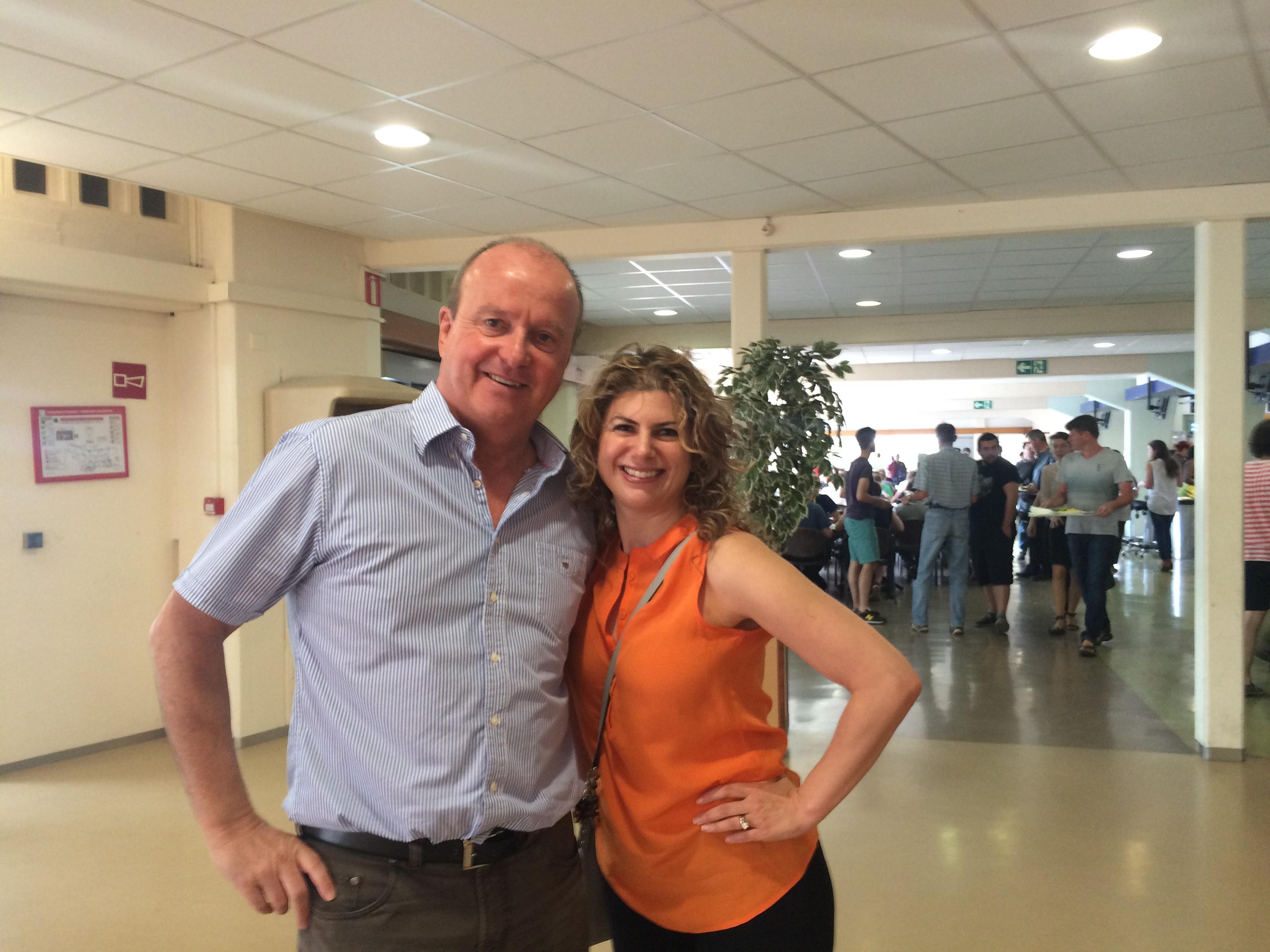
I had hoped to top this exciting show with a visit to the LHC, but Rolf explained that it was impossible to go down into the tunnel because the LHC was running and safety concerns precluded getting close when the machine is on. So my visit consisted of talks with various scientists, an hour-long video presentation about CERN, and tours of the Superconducting Magnet Test facility (‘SM18’) and the CERN Control Center.
My first meeting was with Luis Roberto Castillo, who like me is a Mexican physicist. Luis participated in the ATLAS experiment which helped discovered the Higgs boson. Even though the event had happened three years earlier, when Luis spoke about the discovery, he was still as excited as if it had just happened.
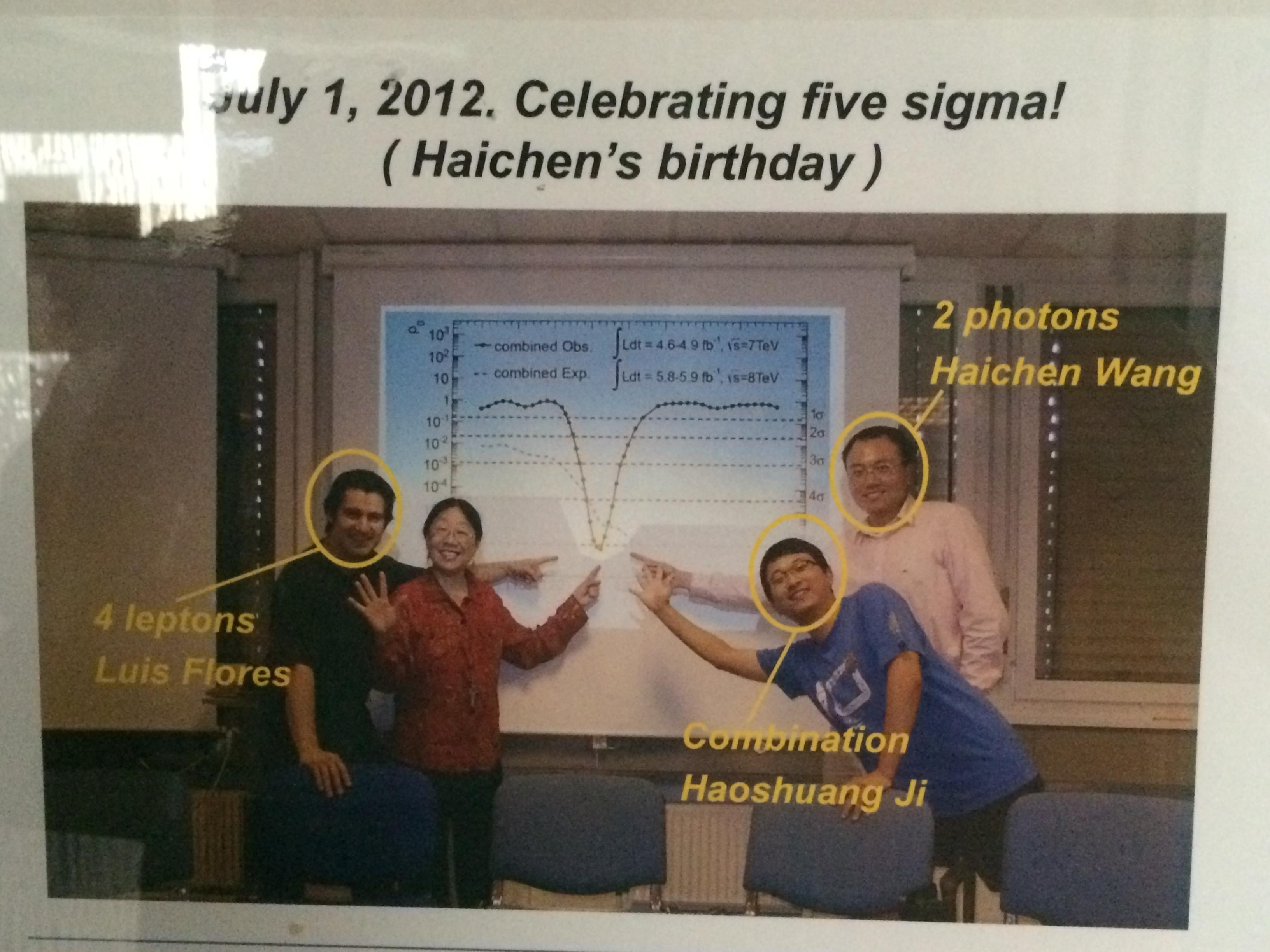

As I am active in promoting women in science, it was wonderful to meet Hannah Herde, who is a graduate student at Brandeis, where I began my physics career as an undergraduate. Hannah is working in Gabriella Sciolla’s group on the ATLAS detector search for dark matter. Her enthusiasm and her determination were inspirational as you can see in this video.

By recommendation of my brilliant friend Sean Carroll, I then met with Joe Incandela whom I had seen in the film “Particle Fever”, which chronicles the discovery of the Higgs boson (shameless plug: I appear in the movie for five seconds as I watch my Stanford professor Savas Dimopoulos speak). Joe is a particle physicist who was also the spokesperson for the Compact Muon Solenoid (CMS) experiment at CERN. Joe talked to me about the future of high-energy physics. Longer-term upgrades to the LHC will increase the number of proton-proton collisions by tenfold, increasing the volume of data it produces by the same factor.
Joe also discussed two future particle colliders: one would be at CERN, a collider four times the size of the current Large Hadron Collider, with a 60-mile-long underground tunnel, called the Very Large Hadron Collider.
The other collider of similar size would be built in a granite slab extending hundreds of kilometers in a seaside region of China near where the Great Wall meets the sea.
I got to see some parts of actual detectors during my tour of SM18 which was super exciting.
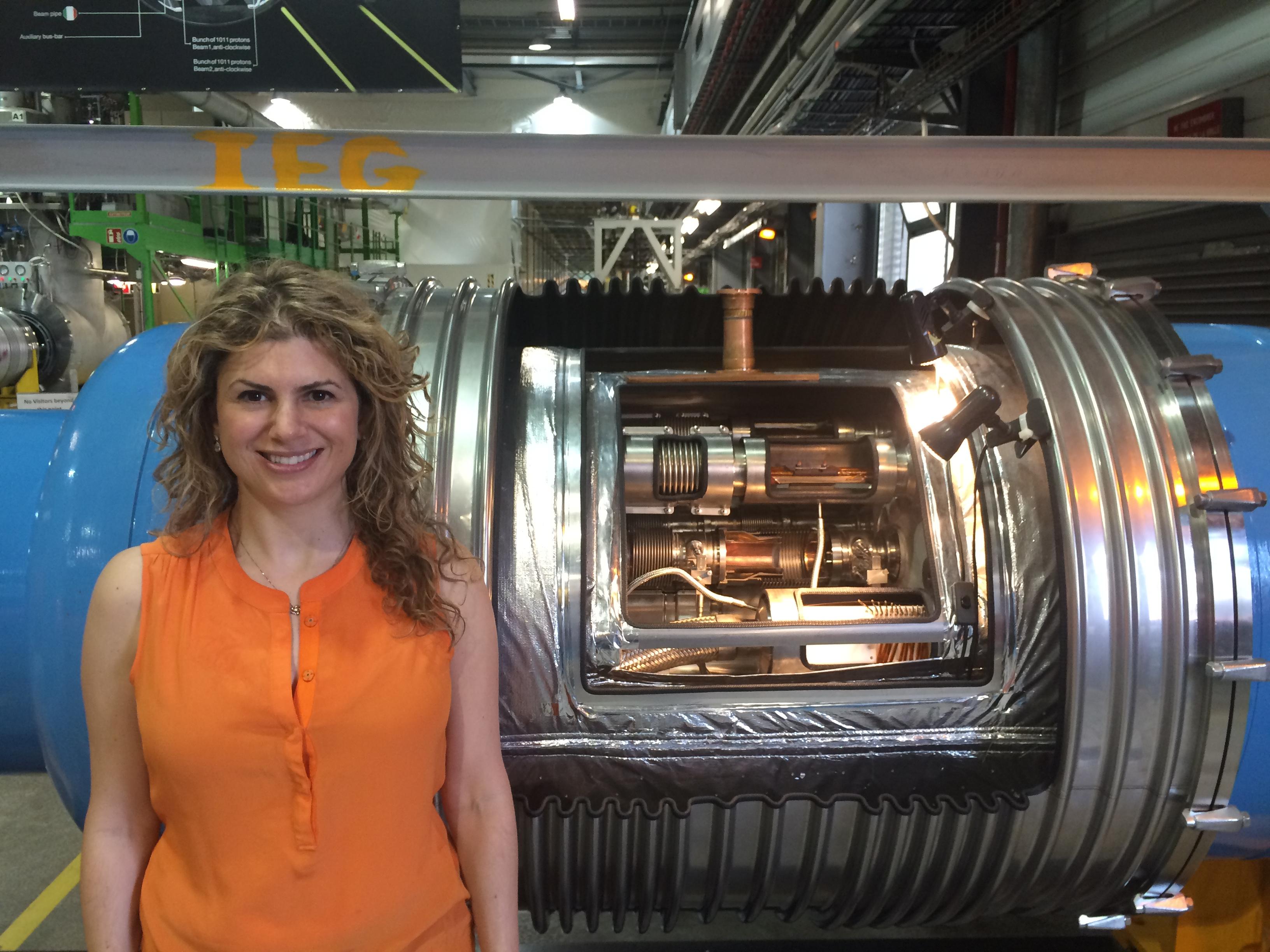
And the tour concluded with a stop at CERN’s Control Center which kind of looks like a more modern version of the control center shown in movies that depict NASA’s mission control center.
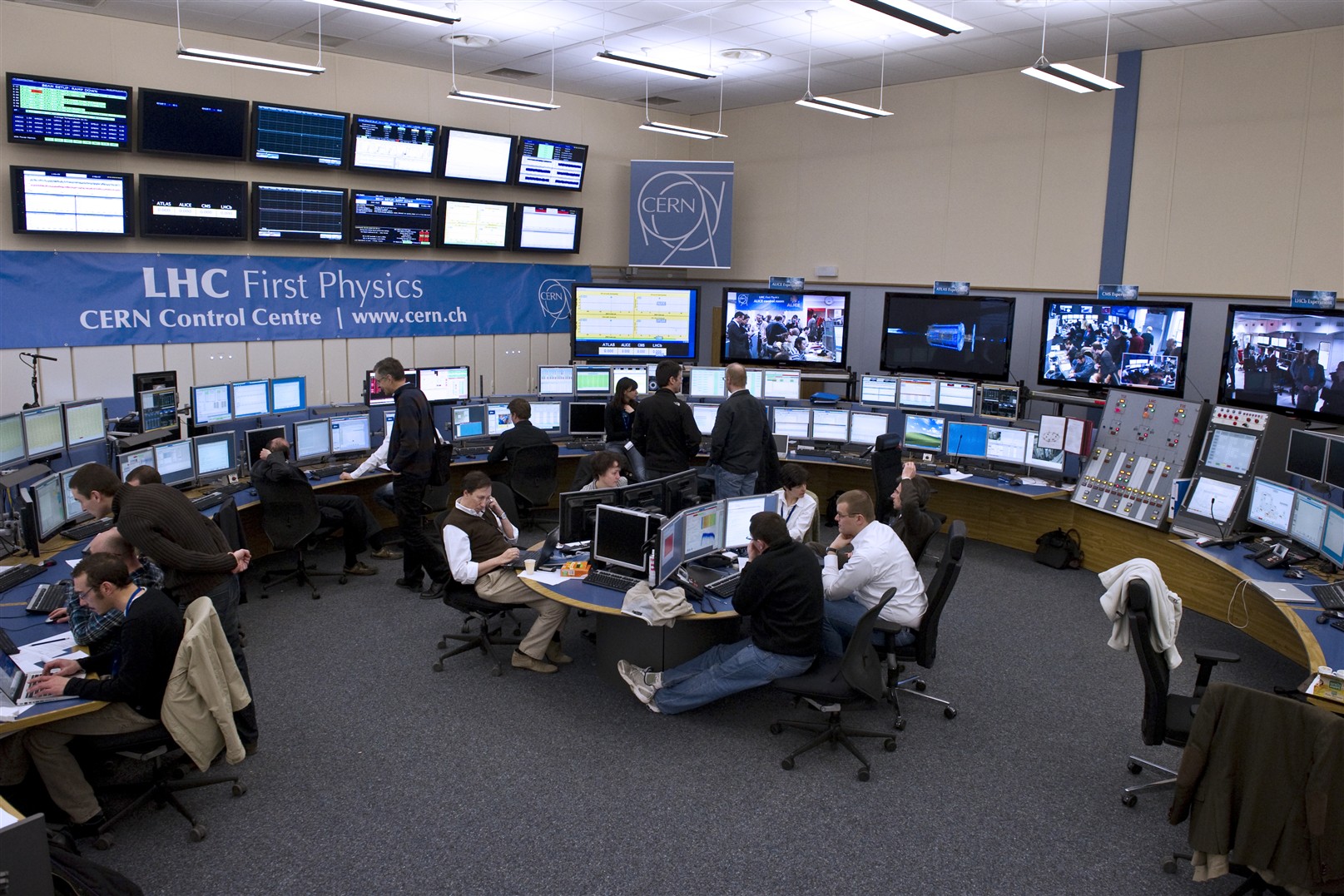
CERN lies on the border between France and Switzerland and as I crisscrossed between the two countries on my way out, I was surprised and pleased that all border stations were empty.
It seemed appropriate that at an international laboratory staffed by thousands of scientists from all over the world, there should be no barriers to the flow of knowledge. And there should be a garden where one could marvel at the efforts made by humanity to understand nature. This, for me, is the most beautiful garden in the world.


